Nobody has the perfect garden and shade can often be seen as a drawback. But with careful planning and a thoughtful use of plants that shaded area can be a permanent year-long delight.
It is very enjoyable to research the kind of plants that are shade-loving. During the chill winter months, study books and magazines, and surf the Internet for inspiration.
Think about the position of the shady border – does it back on to a tree, a wall or a hedge? These factors can influence the plants chosen and the amount of organic matter to be dug into the soil.


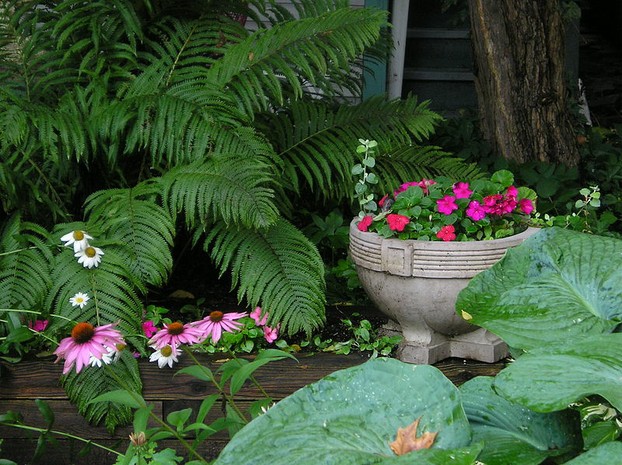



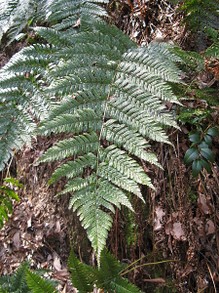
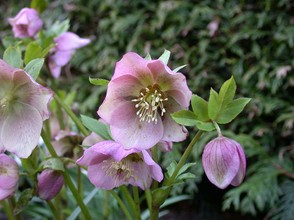
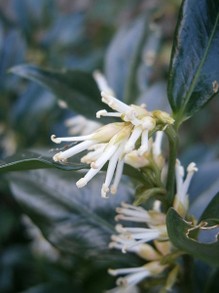
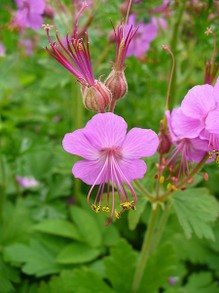
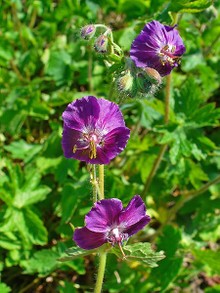
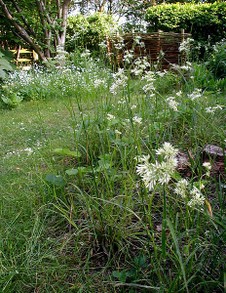
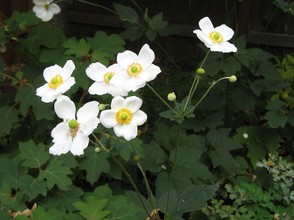



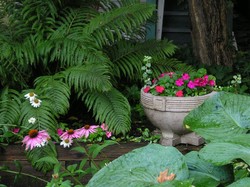

 How to Choose a Walking Cane or Stickon 08/01/2014
How to Choose a Walking Cane or Stickon 08/01/2014
 Michael Miller Fabulous Fabric Swatches for Quilting, Crafts etcon 07/02/2014
Michael Miller Fabulous Fabric Swatches for Quilting, Crafts etcon 07/02/2014
 The Drama of Life in the Rock Poolon 06/08/2014
The Drama of Life in the Rock Poolon 06/08/2014
 The Flâneur - Symbol of Modernity in 19th Century Parison 05/09/2014
The Flâneur - Symbol of Modernity in 19th Century Parison 05/09/2014

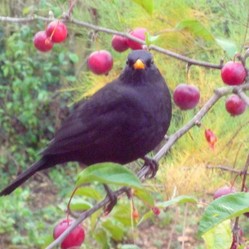

Comments
Dear Kathleen
It is nice to hear a comment from you after so long. I hope that all is well with you.
Thanks for that comment.
I'm reading this again, and wanted to mention that I have great luck with bleeding heart plants growing in the shade. They have pink or white flowers.
Poutine - thank you :)
Dustytoes: I've added the inches conversion. Hope that helps.
Glad that the Lenton Rose was such a success - yes, I agree, inches would be handy. When I have a minute I will convert ...
My whole yard is mostly shade, so I'm always looking for plants that will grow under trees. Last year I planted 2 of the lenton rose and I am hooked on them! The flowers were the first to bloom in my yard, they lasted a very long time, and the leaves still look great in Fall. I will be getting more of those. Your height and spread info is a great idea (but I would personally like it in inches).
I hope it helps out a bit. Thanks jptanabe!
I have several shady spots in my yard. Going to check out these ideas to see if I can brighten them up a bit!
You are very welcome. :)